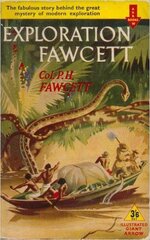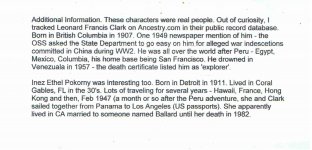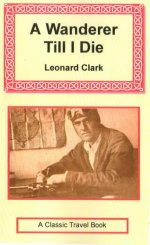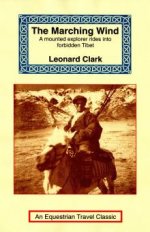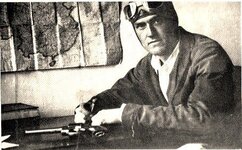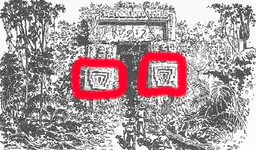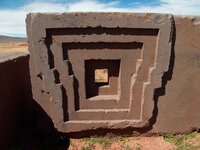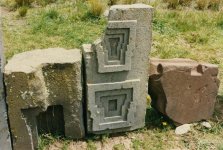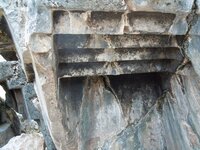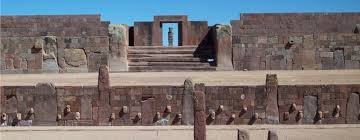Corporate Investigations
Sr. Member
- Aug 23, 2013
- 468
- 1,437
- Primary Interest:
- All Treasure Hunting
Hello Don Jose the ruins Leonard Clark found in 1949 was quite possibly could been the ruined temple of the Calvin Culture, that was actually in the head waters of the river he explored along. They were a different culture than the Incas as they has sculptural relief's of human heads very similar to the culture at Tiahunaco in Bolivia , both having carved zoomorphic imagery like pictographs on monoliths. It would be interesting to try to connect these ruins to Document 512.?
But the thing that sinks that theory of connecting those ruins is in Document 512, which describes a writing on the wall in great detail. The Calvin site on have zoomorphic imagery like pictographs on monolith.
Here is some pictures below of site .
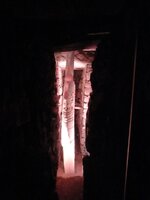
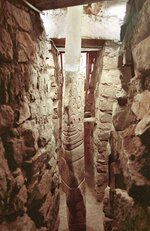
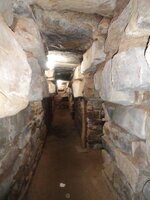
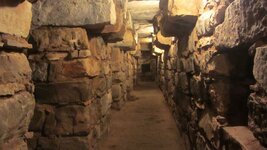
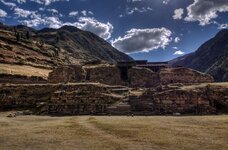
What you might find strange is the central idol in the labyrinth looks rather comical.
Amy
But the thing that sinks that theory of connecting those ruins is in Document 512, which describes a writing on the wall in great detail. The Calvin site on have zoomorphic imagery like pictographs on monolith.
Here is some pictures below of site .





What you might find strange is the central idol in the labyrinth looks rather comical.
Amy
Amazon Forum Fav 👍
Last edited:




